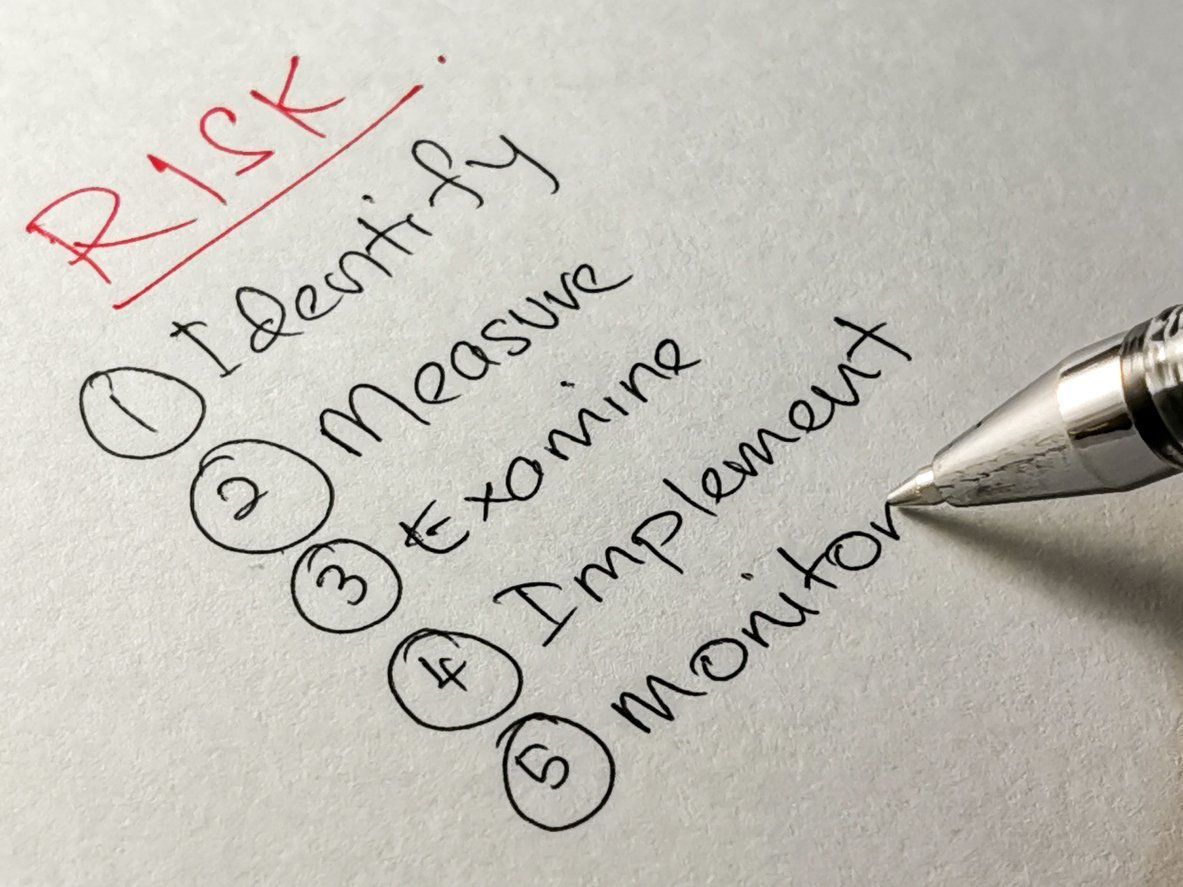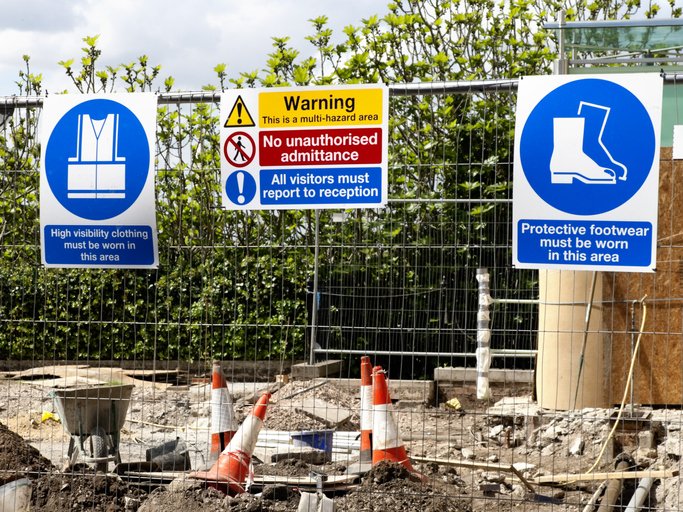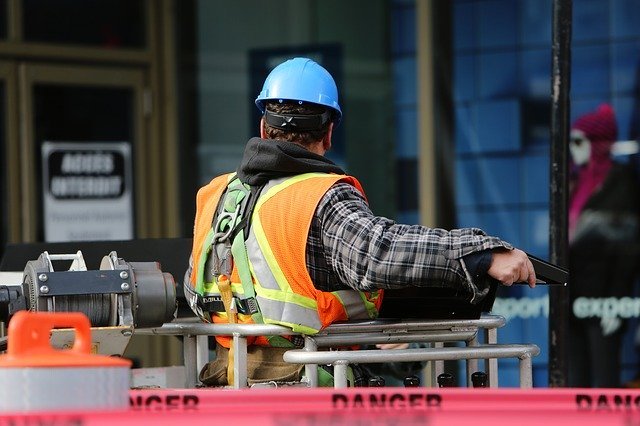
In the United Kingdom, it is an employer’s requirement to protect your employees, and others who come into your workplace from harm and therefore using RAMS (risk assessment method statements) is a great way to identify and reduce incidents occurring.
Risk Assessment Method Statements (RAMS) are essential documents used in industries like construction to manage and mitigate workplace risks effectively. They combine two critical elements: a Risk Assessment, which identifies potential hazards and evaluates the level of risk involved, and a Method Statement, which outlines the safe systems of work required to complete a task safely.
The Risk Assessment focuses on identifying who might be at risk, the nature of potential hazards (e.g., working at height, handling hazardous substances), and how likely those risks are to occur. Once these risks are identified, measures are introduced to reduce or eliminate them as much as possible.
The Method Statement, on the other hand, provides a step-by-step guide detailing how a job should be completed safely. It includes specific instructions, required safety equipment, and any control measures to be followed.
RAMS are not just bureaucratic documents—they’re practical tools that enhance site safety and compliance with legal requirements. For employers, having well-prepared RAMS helps demonstrate a commitment to worker safety and reduces the likelihood of accidents. For employees, they offer clear guidance, ensuring tasks are performed in a structured and secure manner.
Under the Management of Health and Safety at Work Regulations 1999, the minimum requirement for employers is to:
There are multiple steps to reducing risks in your workplace and creating RAMS documents is a key part of the overall control and mitigation process.
Assessing hazards through risk assessment method statements is just one aspect, but it lays the foundation for a comprehensive approach to workplace safety.
For most small, low-risk businesses the steps you need to take are straightforward and are explained below.
Risk management is a step-by-step process for controlling Health & Safety risks caused by hazards in the workplace.
You can do it yourself or appoint a competent person to help you.

Look around your workplace and think about what may cause harm (these are called hazards).
Think about:
Use your accident and ill-health records to help you to identify risks that might occur in the future. If there is a history or a trend of injuries within a workplace then use that information to stop or reduce the risks of them going forward. Take account of non-routine operations, such as maintenance, cleaning or changes in production cycles.
Think about hazards to health, such as manual handling, use of chemicals and causes of work-related stress.
For each hazard, think about how employees, contractors, visitors or members of the public might be harmed.
Involve your employees, as an employer you might not have a deep understanding of all the day-to-day tasks other people are doing and therefore what risks they face. Asking them for their input will provide valuable insights and help you create more comprehensive risk assessment method statements.
Some workers might have specific requirements, for example, young workers, migrant workers, new or expectant mothers and people with disabilities. You should think about the requirements for all of your workforce and as mentioned previously, if you’re unsure ask them for input.

Once you have identified the hazards, decide how likely it is that someone could be harmed and how serious it could be. This is assessing the level of risk.
The key factors:

Once you have considered all the risks your next task is to put the controlling measures you have identified in place. You’re not expected to eliminate all risks, but you need to do everything ‘reasonably practicable’ to protect people from harm. This means balancing the level of risk against the measures needed to control the real risk in terms of money, time or trouble.
You can find more detailed guidance on controls relevant to your business and our in-house assessment team will also give you suggestions on anything they feel is missing.

If you employ 5 or more people, you must record your significant findings, these include.
To help you, we have a risk assessment template and examples. However, it’s important to remember that simply completing paperwork, such as RAMS documents, is not enough. Your primary focus should always be on controlling the risks in practice to create a safer working environment.

Once the controlling measures have been put in place you must review them to make sure they are working as you would have hoped. You should also review them if any of the following scenarios could take place:
Update your RAMS risk assessment record with any changes you make.
Here are some example scenarios from the HSE as to whether having a RAMS risk assessment would apply to your business or job role, especially for those who are self-employed. You can also find templates for work-specific risk assessments.
Yes, you will have duties as an employer and will need to take steps to ensure the health, safety and welfare at work of your employees.
No, as an employer you have duties under Health & Safety law to satisfy yourself that the contractor you choose can do the job safely and without risks to health. The proposed changes will not alter the duties you have as an employer to contractors.
If you use bleaching agents or similar chemicals then yes, the law will apply to you. If you are simply washing and cutting hair, then Health & Safety laws will no longer apply.
No, Health & Safety laws will not apply to you.
No, Health & Safety laws will not apply to you.
No, Health & Safety laws will not apply to you.
No, Health & Safety laws will not apply to you.
It doesn’t depend on whether you’re at home; it is the work activity that matters. So, if you’re working on a client’s accounts, the law will no longer apply. If you’re writing a manual, which someone will use to operate machinery, then the law will still apply.
Yes, your clients will act on your advice and this affects how other people do their job.
Yes, you have specific responsibilities under the Gas Safety (Installation and Use) Regulations

Ready to enhance your skills and demonstrate your commitment to workplace safety? We offer a range of CITB-approved training courses designed to help you upskill and advance your career. Whether you’re looking to move into a leadership role or simply strengthen your understanding of safety protocols like RAMS documents, we have the training you need.
Take a look at the different types of courses we offer below.
Our courses can be done online, at your own pace, and they’re delivered by a CITB-qualified instructor.
We also offer SSIP packages for contractors and businesses, offering you quick and easy certification. You’ll be able to demonstrate your Health & Safety commitments to clients and customers and also benefit from access to our team of in-house experts.
If you want to request a quote about any of our services, then give us a call at 01752 280183.
